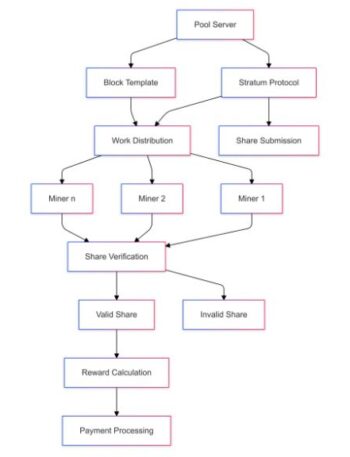Definition and History of the DAX
The DAX is a total return index that tracks the performance of the 40 largest German companies listed on the FSE. Initially launched with 30 components in 1988, it expanded to include 40 companies effective September 20, 2021. This expansion was designed to enhance the index’s representativeness and stability by incorporating more sectors and companies.
- Unlocking the Expectations Theory: How Long-Term Interest Rates Predict Future Short-Term Rates
- Unlocking Exponential Growth: Innovative Strategies for Financial Success
- Unlocking Global Markets: The Ultimate Guide to the Chicago Mercantile Exchange (CME)
- Unlocking the Fed Balance Sheet: A Comprehensive Guide to Assets, Liabilities, and Monetary Policy
- Unlocking the Future: A Comprehensive Guide to Digital Currency Investment and Trends
The transition from DAX 30 to DAX 40 marked a significant milestone, reflecting the evolving landscape of German business and finance. This change ensured that the index better captures the diversity and strength of Germany’s economy.
Bạn đang xem: DAX Stock Index: Definition, Member Companies, and Investment Insights
Index Methodology and Calculation
The calculation of the DAX is based on free-float market capitalization, which means that only freely tradable shares are considered. Prices from the Xetra trading venue are used for this calculation. There are two main versions of the DAX: the performance index (total return) and the price index. The performance index includes dividends and interest payments, providing a more comprehensive view of returns.
Companies must meet specific criteria to be included in the DAX: they must be listed on the Regulated Market of the FSE, have a minimum free float of 10%, and show positive EBITDA for the two most recent fiscal years. These criteria ensure that only financially robust and liquid companies are part of the index.
Member Companies and Sector Diversification
The DAX includes some of Germany’s most iconic companies such as SAP, Siemens, Allianz, and Volkswagen. These companies represent various sectors like technology, automotive, insurance, and more. The index covers over three quarters of the aggregated market capitalization of companies listed on the FSE, making it highly representative of Germany’s economic landscape.
Xem thêm : Understanding Consumer Credit: Types, Benefits, and Responsible Usage
To prevent any single component from dominating the index, a capping factor of 15% is applied. This ensures that no company can exceed this percentage in terms of weightage within the index.
Investment Insights and Uses
The DAX serves as a benchmark for numerous financial products such as ETFs (Exchange-Traded Funds), futures, and structured products. Investors use these products to gain exposure to the German market or to hedge against potential risks.
Economic indicators and monetary policies, particularly actions by the European Central Bank (ECB), significantly impact the DAX. For instance, changes in interest rates or quantitative easing measures can influence investor sentiment and market performance.
For traders, technical analysis plays a crucial role in navigating the DAX. Monitoring economic calendars for key events such as GDP reports or ECB meetings is essential for making informed trading decisions.
Contract Specifications and Trading
Trading the DAX involves understanding its contract specifications. DAX futures are traded on the Eurex exchange (part of DBIndex). Key specifications include a tick size of 0.5 points, a tick value of €25 per point, and a big point value of €12.5 per point.
Xem thêm : Dogecoin Faces 14% Drop: Key Levels for Future Recovery
Platforms like MetaTrader 5 are popular among traders for accessing DAX futures. These platforms offer advanced tools for technical analysis and real-time market data.
Additional Sections
Historical Performance
The DAX has weathered several significant historical events that have impacted its performance. The technology bubble burst in 2000 saw a sharp decline in tech-heavy indices globally, including the DAX. The 2008 financial crisis also had a profound effect, with the index plummeting to lows not seen since its inception.
More recently, the COVID-19 pandemic led to unprecedented volatility but also highlighted the resilience of German businesses as they adapted to new challenges.
Comparative Statistics
When compared to other major indices like the Dow Jones Industrial Average and the FTSE 100, the DAX stands out due to its strong sector diversification and representation of European economic health.
While the Dow Jones is heavily influenced by U.S. economic indicators, the FTSE 100 reflects UK market conditions. The DAX, however, offers a unique window into Germany’s economic strength and its role within the European Union.
By understanding these differences and similarities, investors can make more informed decisions about their investment strategies across different markets.
Nguồn: https://staredecisis.quest
Danh mục: Blog




